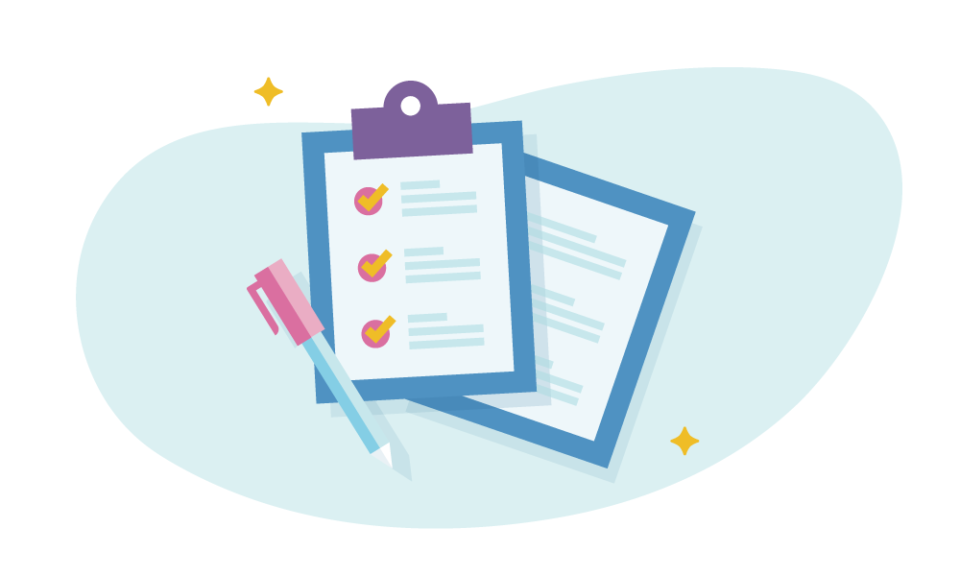Goals
Meetings are a great way to gather information and get feedback from team members. However, the data can quickly become forgotten if you don’t take practical notes. Studies show that we need to remember 40% of the information from a meeting in just one day.
The best way to ensure that your meeting notes are recovered forever is to use an effective meeting notes template for your note-taking process. A template can help you organize your messages, making them easy to follow and decipher.
An effective meeting notes template should include the following items:
Critical points on the agenda: Start with a quick summary of every item covered and any outcomes from the discussion. Next, outline action items — What work needs to be done, who is responsible for it, and when it’s due.
Questions, ideas, and follow-ups — These can also be listed, but they should be more detailed than action items. Adding a note explaining the follow-ups and concepts during the meeting is also helpful.
A successful note-taking method is personal to each person. While there are some popular methods, you’ll want to find a method that feels most natural for your note-taking style and processes.
Blockers
One of the most critical tasks of any meeting is identifying and removing blockers. These can range from technical limitations to cross-departmental challenges that could prevent progress. By surfacing them, you can ensure everyone understands what’s getting in the way of their work and how to solve it.
Luckily, there are plenty of ways to surface these in an effective meeting notes template. From using a meeting app with a built-in agenda to creating a custom template that allows team members to fill out their standups quickly, there are many ways to ensure your meetings are productive and efficient.
A good standup is a great way to get quick updates on what’s been done and where the team stands. Create a template that includes the most relevant information for each group member, including what they did yesterday and what they plan to do today, plus any blockers preventing them from completing their tasks.
The best part is that it can be accessed from anywhere without the need to print out a hard copy. This also enables a neat filing system that keeps track of all your meeting notes in one place.
Action Items
When preparing a meeting notes template, it’s essential to include all the action items that need to be completed. These can consist of small tasks such as ordering food or booking a conference room to larger projects like launching an advertising campaign.
Using an action items template makes it easier for employees to delegate various tasks and increase team productivity. It also allows leaders to assign work with a clear purpose and deadline for completion.
It’s also critical that the tasks are as straightforward as possible so that there is a clear understanding of who is responsible for them or when they need to be completed. This can help ensure that a project goes smoothly.
An effective meeting notes template should contain action items with an owner, description and deadline. It should also have a section for ideas that need to be documented and a ‘parking lot’ section for topics that require further discussion or future meetings.
Notes
Meeting notes are a great way to record meaningful conversations and discuss future actions. But they can also get messy and hard to decipher, so it’s essential to have a meeting notes template to help keep them organized.
An effective meeting notes template should include essential components: attendees, date and time, meeting type and agenda. It should also have critical points, decisions, and action items agreed upon during the meeting.
When taking notes, use shorthand, symbols, acronyms or abbreviations to write down common phrases and ideas quickly. However, create a legend or key beforehand to know what your shorthand means later.
It’s also essential to write down action items and due dates for everything that needs to be done after the meeting. This will help you stay accountable and ensure you’re meeting all deadlines. Plus, it will allow you to document what needs to be done and who needs to if someone isn’t available to complete the task on your behalf. A clear outline of the tasks that need to be completed will make your team’s lives easier and ensure you remember everything.

